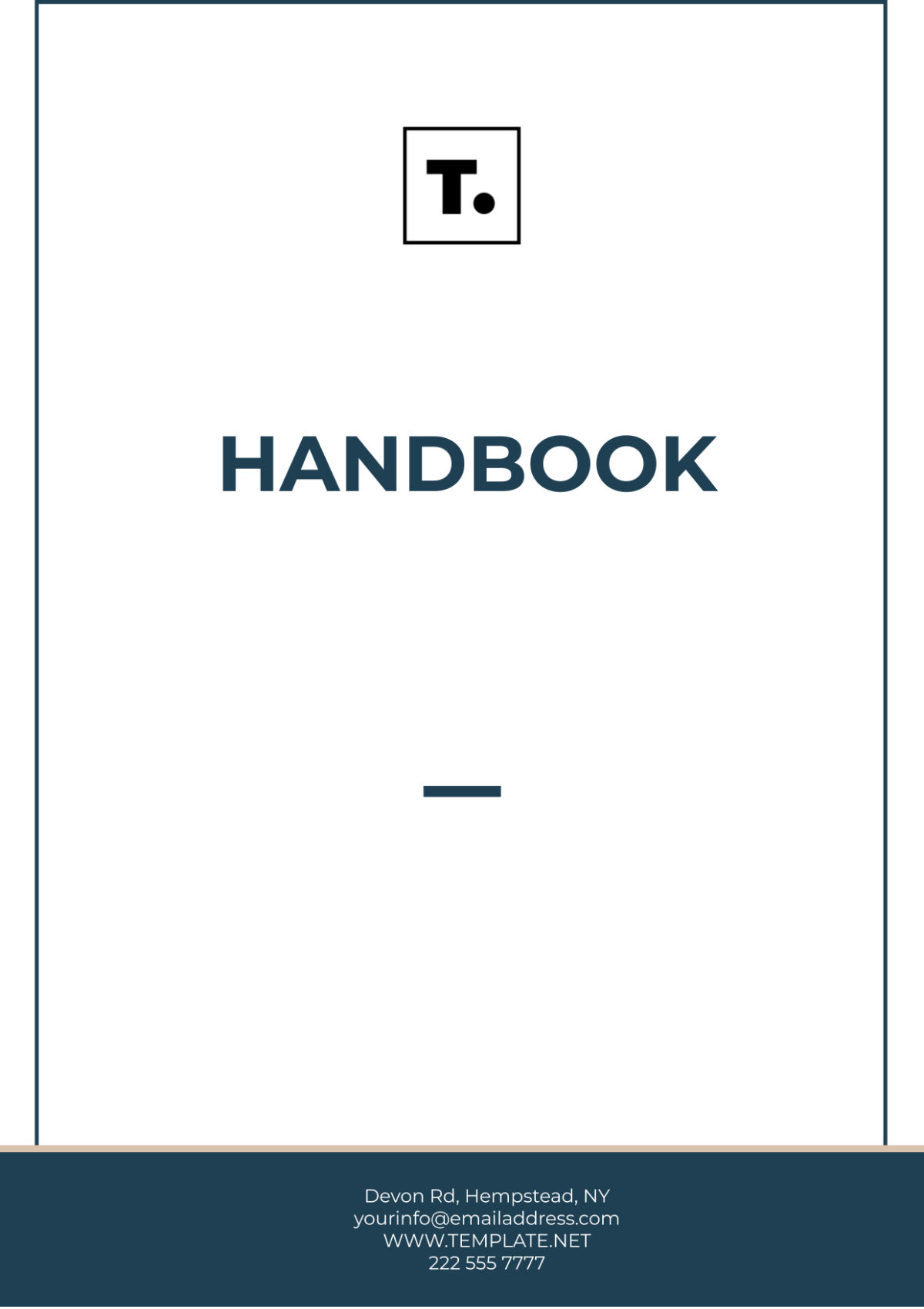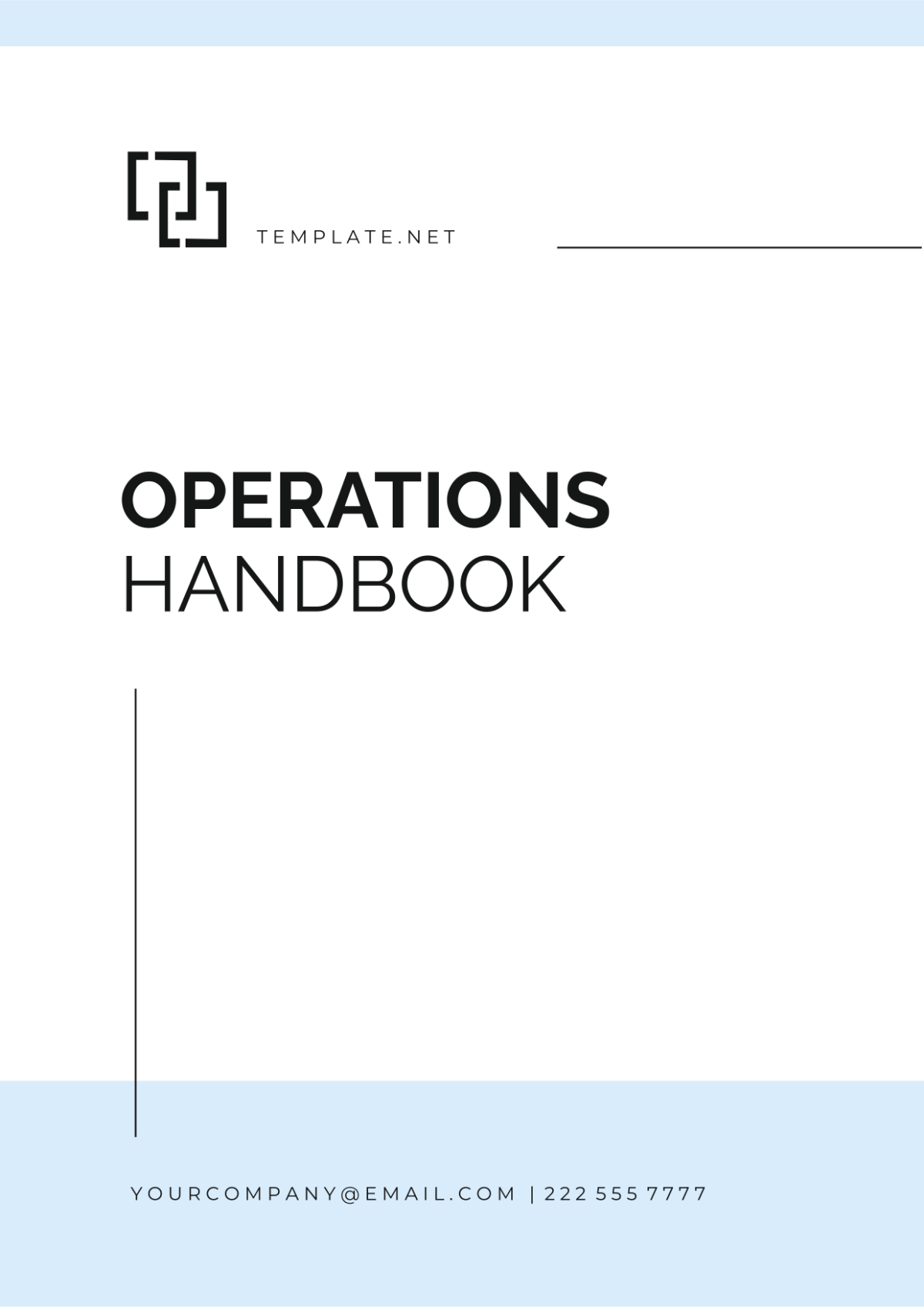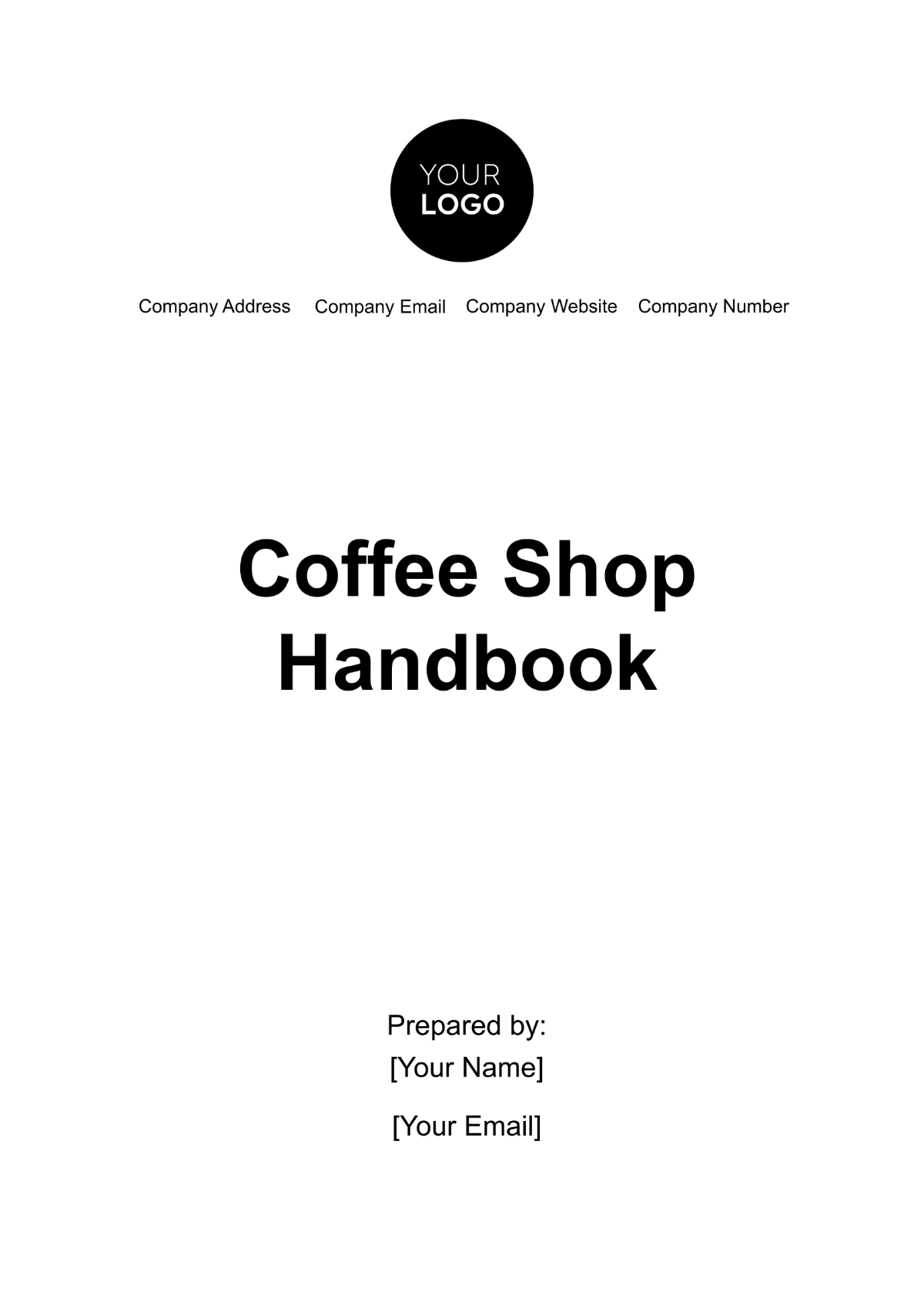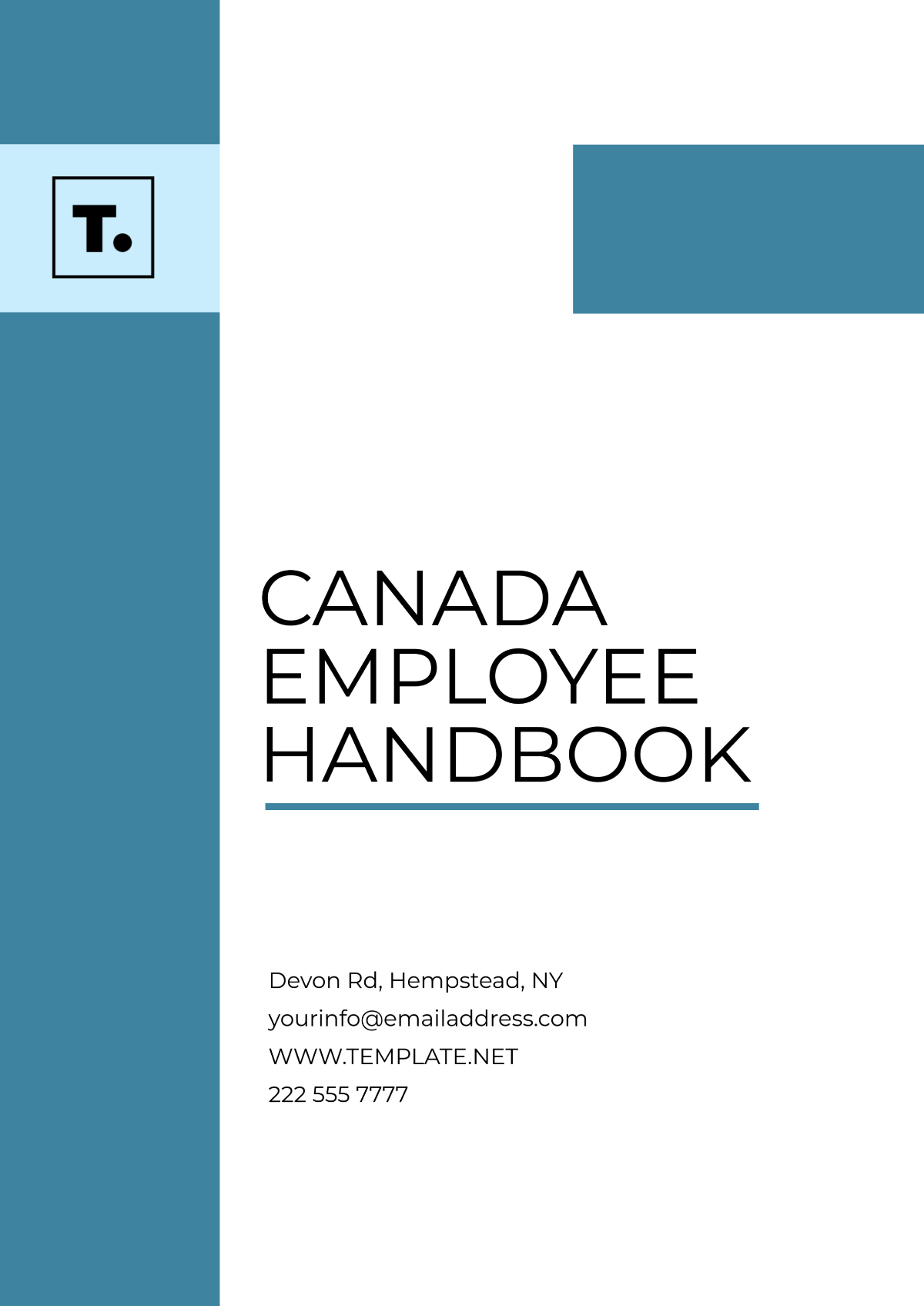Cleaning Services Cost Control Handbook
I. Introduction
A. Purpose of the Handbook
This handbook serves as a comprehensive guide for cleaning service providers to effectively manage and control costs within their operations. It aims to provide insights, strategies, and best practices for optimizing resource allocation and enhancing profitability in the cleaning services industry.
The primary objectives of this handbook are to: a. Educate cleaning service professionals on the various cost components within their business. b. Equip them with practical cost analysis methods and control strategies. c. Enable them to develop budgeting, forecasting, and monitoring mechanisms to track and manage costs efficiently.
The intended audience includes cleaning service business owners, managers, supervisors, and professionals seeking to improve their cost management practices and enhance overall business performance.
II. Understanding Cleaning Services Cost Structure
A. Cost Components
Cost Component | Description |
|---|---|
Labor Costs | Costs associated with workforce |
- Wages and salaries | |
- Employee benefits | |
- Training expenses | |
Materials and Supplies | Costs related to cleaning materials and supplies |
- Cleaning agents and chemicals | |
- Equipment maintenance | |
- Consumables | |
Overhead Costs | Administrative and operational overheads |
- Rent and utilities | |
- Insurance | |
- Administrative expenses |
B. Cost Analysis Methods
Cost per Square Foot/Hour: This method involves calculating the cost incurred per square foot of space cleaned or per hour of service provided. It helps in understanding the cost efficiency of cleaning operations and enables comparison across different service contracts.
Activity-Based Costing (ABC): ABC assigns costs to specific cleaning activities based on their consumption of resources. It provides a more accurate picture of the true cost of each service and helps in identifying areas for cost reduction and optimization.
Benchmarking Against Industry Standards: Benchmarking involves comparing the cost performance of cleaning services against industry standards or competitors. It helps in setting realistic cost targets and identifying opportunities for improvement.
III. Implementing Cost Control Strategies
A. Labor Management
Staff Scheduling Optimization
Implementing efficient scheduling practices to match labor resources with workload demands.
Utilizing scheduling software to automate and optimize employee shifts based on cleaning priorities and client requirements.
Conducting regular reviews of staffing levels to ensure adequate coverage while minimizing overtime costs.
Performance Monitoring and Evaluation
Establishing performance metrics such as productivity rates, quality standards, and customer satisfaction scores.
Implementing performance tracking systems to monitor employee performance in real-time and identify areas for improvement.
Conducting regular performance reviews and providing feedback and training to enhance employee efficiency and effectiveness.
Employee Training and Retention Programs
Developing comprehensive training programs to ensure that employees are equipped with the necessary skills and knowledge to perform their tasks efficiently.
Investing in ongoing training and development opportunities to upskill employees and keep them motivated.
Implementing employee recognition and reward programs to promote job satisfaction and improve employee retention rates.
B. Procurement and Inventory Management
Supplier Selection and Negotiation
Conducting thorough research to identify reliable suppliers offering competitive pricing and quality products.
Negotiating favorable terms and pricing agreements with suppliers to reduce procurement costs.
Establishing long-term partnerships with preferred suppliers to streamline procurement processes and ensure timely delivery of materials and supplies.
Inventory Tracking and Management Systems
Implementing inventory tracking systems to monitor stock levels, track usage, and prevent stock outs or excess inventory.
Utilizing barcode or RFID technology to automate inventory management processes and improve accuracy.
Conducting regular inventory audits to identify obsolete or slow-moving inventory and take corrective actions to minimize waste.
Just-in-Time Inventory Practices
Adopting just-in-time inventory practices to minimize carrying costs and optimize inventory turnover.
Establishing reorder points and lead times based on demand forecasts to ensure timely replenishment of inventory.
Collaborating closely with suppliers to establish efficient logistics and delivery schedules to support just-in-time inventory management.
IV. Budgeting and Forecasting
A. Budget Development
Establishing Budget Goals
Setting clear and realistic budget goals based on historical performance, market trends, and business objectives.
Allocating resources strategically to prioritize critical activities and investments while minimizing unnecessary expenditures.
Incorporating contingency reserves to account for unforeseen expenses or changes in market conditions.
Allocating Resources Effectively
Allocating resources based on cost priorities and performance targets to maximize return on investment.
Monitoring budget variances regularly and adjusting resource allocation as needed to stay within budgetary limits.
Seeking cost-saving opportunities and implementing cost reduction initiatives to optimize resource utilization.
Contingency Planning
Developing contingency plans to mitigate risks and address potential budgetary challenges or disruptions.
Identifying alternative sources of funding or cost-saving measures to offset budget shortfalls.
Regularly reviewing and updating contingency plans to adapt to changing circumstances and minimize financial risks.
V. Monitoring and Performance Measurement
A. Key Performance Indicators (KPIs)
KPI | Description |
|---|---|
Cost per Square Foot/Hour | The average cost incurred per square foot of space cleaned or per hour of service provided. Lower values indicate higher efficiency and cost-effectiveness. |
Labor Productivity | Measures the output generated per unit of labor input. It can be calculated as the square footage cleaned per labor hour or the number of tasks completed per employee. |
Inventory Turnover Rate | Indicates how quickly inventory is being used and replenished. A high turnover rate suggests efficient inventory management and reduced holding costs. |
B. Performance Dashboards and Reports
Dashboard Design and Metrics Selection
Designing user-friendly dashboards that provide real-time insights into key cost control metrics.
Selecting relevant KPIs and performance indicators to track progress towards cost reduction goals.
Incorporating data visualization techniques such as charts and graphs to facilitate easy interpretation of performance trends.
Reporting Frequency and Format
Establishing a regular reporting cadence to monitor performance and identify trends over time.
Customizing report formats to suit the preferences and information needs of different stakeholders.
Providing both summary-level reports for executive decision-makers and detailed reports for operational staff.
Stakeholder Communication Strategies
Establishing clear communication channels for sharing performance data and insights with relevant stakeholders.
Holding regular meetings or presentations to discuss performance metrics, trends, and improvement opportunities.
Soliciting feedback from stakeholders to ensure that performance reports are informative and actionable.
VI. Continuous Improvement and Optimization
A. Lean Principles Application
Waste Reduction Strategies
Implementing lean cleaning practices to minimize waste and inefficiencies in cleaning processes.
Identifying and eliminating non-value-added activities or unnecessary resource expenditures.
Encouraging employee involvement in continuous improvement initiatives to identify opportunities for waste reduction.
Process Optimization
Streamlining cleaning workflows and standardizing processes to improve efficiency and consistency.
Conducting regular process reviews to identify bottlenecks or areas for improvement.
Leveraging technology solutions such as workflow automation or task management software to optimize cleaning operations.
Continuous Training and Development
Providing ongoing training and development opportunities to enhance employee skills and knowledge.
Conducting regular performance evaluations to identify training needs and areas for skill development.
Encouraging a culture of learning and innovation to foster continuous improvement and adaptability.
B. Technology Integration
Software Solutions for Cost Tracking and Management
Implementing cost tracking software or accounting systems to monitor expenses and budgetary performance.
Utilizing cloud-based platforms for real-time access to financial data and analytics.
Integrating cost management software with other business systems for seamless data exchange and reporting.
IoT-Enabled Devices for Facility Monitoring
Deploying IoT-enabled sensors and devices to monitor facility conditions and usage patterns.
Collecting data on energy consumption, occupancy levels, and equipment performance to identify opportunities for cost savings.
Using predictive analytics to anticipate maintenance needs and optimize resource allocation.
Automation and Robotics in Cleaning Processes
Investing in automated cleaning equipment and robotics to improve productivity and reduce labor costs.
Implementing robotic cleaners for repetitive or labor-intensive tasks, such as floor scrubbing or vacuuming.
Training staff to operate and maintain automated cleaning systems effectively to maximize their benefits.
VII. Compliance and Regulatory Considerations
A. Occupational Health and Safety Regulations
Regulation | Description |
|---|---|
OSHA Standards Compliance | Ensuring compliance with Occupational Safety and Health Administration (OSHA) standards related to cleaning chemicals handling, equipment safety, and workplace hazards. |
Worker Safety Training | Providing comprehensive training to employees on safe work practices, chemical handling procedures, and emergency response protocols. |
Hazardous Materials Handling | Implementing proper storage, labeling, and disposal procedures for hazardous cleaning chemicals to prevent accidents and environmental contamination. |
B. Environmental Sustainability Practices
Practice | Description |
|---|---|
Green Cleaning Initiatives | Adopting eco-friendly cleaning practices and using environmentally friendly cleaning products to reduce the environmental impact of cleaning operations. |
Waste Management and Recycling Programs | Implementing recycling programs for paper, plastic, and other recyclable materials generated during cleaning operations. |
Energy-Efficient Practices | Implementing energy-efficient lighting, heating, and ventilation systems to reduce energy consumption and minimize environmental footprint. |
VIII. Case Studies and Best Practices
A. Real-world Examples of Successful Cost Control Implementations
Case Study: [Client Name] Office Cleaning Services
Overview: [Client Name], a multinational corporation, implemented a comprehensive cost control strategy in collaboration with [Your Company Name].
Approach: [Your Company Name] conducted a thorough cost analysis, identified cost-saving opportunities, and implemented measures such as optimizing staffing levels, renegotiating supplier contracts, and implementing energy-efficient cleaning practices.
Results: As a result of these initiatives, [Client Name] achieved a [10%] reduction in cleaning costs while maintaining service quality and employee satisfaction.
Case Study: [Client Name] Healthcare Facility Cleaning Services
Overview: [Client Name], a leading healthcare provider, sought to reduce cleaning costs without compromising cleanliness and infection control standards.
Approach: [Your Company Name] conducted a detailed cost analysis and identified opportunities for efficiency improvements, such as implementing lean cleaning practices, automating repetitive tasks, and optimizing inventory management.
Results: Through the implementation of these measures, [Client Name] achieved a [15%] reduction in cleaning costs and improved overall operational efficiency.
B. Lessons Learned and Best Practices Recommendations
Lesson 1: Regularly review and update cost control strategies to adapt to changing business needs and market conditions.
Lesson 2: Involve employees at all levels in cost control initiatives to foster ownership and accountability.
Lesson 3: Leverage technology solutions to streamline processes, improve data accuracy, and facilitate decision-making.
Best Practice 1: Establish clear performance metrics and KPIs to track progress and measure the effectiveness of cost control efforts.
Best Practice 2: Foster collaboration and communication between different departments and stakeholders to identify cost-saving opportunities and implement best practices effectively.
Best Practice 3: Continuously monitor and evaluate the impact of cost control measures to ensure sustainable cost reduction and long-term business success.
IX. Conclusion
A. Recap of Key Takeaways
Effective cost control is essential for the success and profitability of cleaning service businesses.
Understanding and managing key cost components such as labor, materials, and overhead expenses is crucial for optimizing cost structures.
Implementing cost control strategies such as labor management, procurement optimization, and budgeting and forecasting can help businesses achieve sustainable cost reduction and improved financial performance.
B. Future Trends and Challenges in Cleaning Services Cost Control
Technological advancements, such as the adoption of IoT devices and robotics, will continue to reshape the cleaning services industry, offering new opportunities for efficiency improvements and cost savings.
Increasing focus on environmental sustainability and green cleaning practices will drive demand for eco-friendly cleaning products and solutions.
The evolving regulatory landscape, including changes in labor laws and health and safety regulations, will present challenges and opportunities for cleaning service providers to adapt their cost control strategies.
C. Contact Information
For further inquiries or assistance, please contact:
[Your Company Name]
Email: [Your Company Email]
Phone: [Your Company Phone Number]
Website: [Your Company Website]

















































